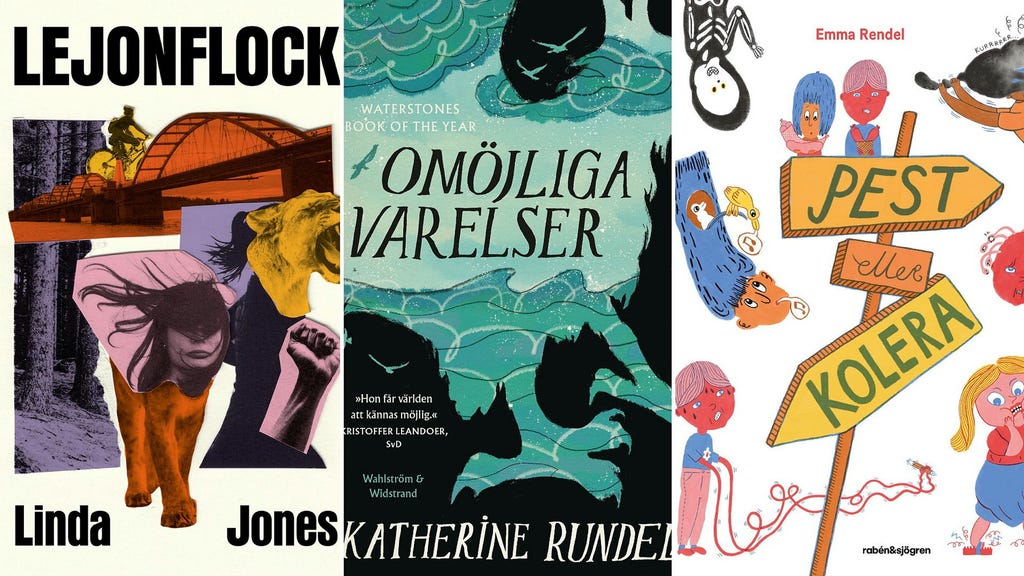1. Exploring the Wild Kingdom: Animal-Centric Narratives in Children’s Literature
Children’s literature offers a unique gateway to the animal kingdom, sparking curiosity and fostering empathy for creatures great and small. From the mischievous antics of raccoons to the majestic power of lion prides, animal protagonists provide compelling narratives that explore themes of survival, social dynamics, and the delicate balance of nature. These stories often serve as a child’s first introduction to the complexities of the natural world, laying the groundwork for an appreciation of biodiversity and the importance of conservation. By personifying animals and imbuing them with relatable emotions and challenges, authors create stories that resonate deeply with young readers, fostering a sense of connection and responsibility towards the environment.
2. The Power of Anthropomorphism: Bridging the Gap Between Human and Animal
Anthropomorphism, the attribution of human characteristics to animals, is a powerful literary tool used to make animal stories more accessible and engaging for children. By giving animals human-like thoughts, feelings, and motivations, authors create characters that children can readily understand and identify with. This approach allows complex themes, such as family dynamics, social hierarchies, and the struggle for survival, to be explored in a way that is relatable and thought-provoking for young audiences. While anthropomorphism can simplify the realities of animal behavior, it serves as a valuable bridge between the human and animal worlds, encouraging children to see themselves as part of a larger ecosystem and to consider the impact of their actions on other living beings.
3. Beyond Cuteness: Examining Deeper Themes in Animal Stories
While animal stories often feature adorable characters and heartwarming scenarios, they also have the potential to delve into more complex and challenging themes. Stories about loss, grief, and the cycle of life can be gently explored through the experiences of animal characters, providing children with a safe space to process difficult emotions. Similarly, narratives about environmental challenges, such as habitat loss and climate change, can be effectively communicated through the eyes of animals affected by these issues. By framing these complex topics within the context of animal stories, authors can spark meaningful conversations and inspire children to become advocates for environmental protection.
4. Diversity in Representation: Expanding the Scope of Animal Protagonists
The world of children’s literature is increasingly embracing diversity in its representation of animal characters, moving beyond traditional portrayals of domesticated pets and iconic wildlife. Stories featuring lesser-known species, from insects and amphibians to reptiles and birds, offer children a wider perspective on the incredible variety of life on Earth. These diverse narratives can also challenge stereotypes and misconceptions about certain animals, fostering a greater appreciation for the unique roles they play within their ecosystems. By showcasing a broader range of animal protagonists, authors can spark curiosity about the natural world and encourage children to learn more about the fascinating creatures that share our planet.
5. From Page to Action: Inspiring Conservation and Environmental Stewardship
Animal stories can serve as a powerful catalyst for inspiring young readers to take action in support of environmental conservation. By showcasing the interconnectedness of all living things and the impact of human activities on the natural world, these stories can cultivate a sense of responsibility and empower children to become environmental stewards. From simple actions like reducing waste and conserving water to more involved initiatives like participating in community cleanups and advocating for wildlife protection, animal stories can ignite a passion for positive change and encourage children to make a difference in the world around them.
6. The Enduring Appeal of Animal Stories: A Timeless Connection to Nature
The enduring popularity of animal stories in children’s literature speaks to a deep-seated human connection with the natural world. From the earliest fables and folktales to contemporary picture books and novels, animals have played a central role in captivating young audiences and transmitting important cultural values. These stories offer a window into the lives of other creatures, sparking wonder and curiosity about the mysteries of the animal kingdom. By fostering empathy and understanding, animal stories contribute to a deeper appreciation for the natural world and inspire a lifelong commitment to its preservation. As children grow and develop, these stories continue to resonate, shaping their understanding of the world and their place within it.














